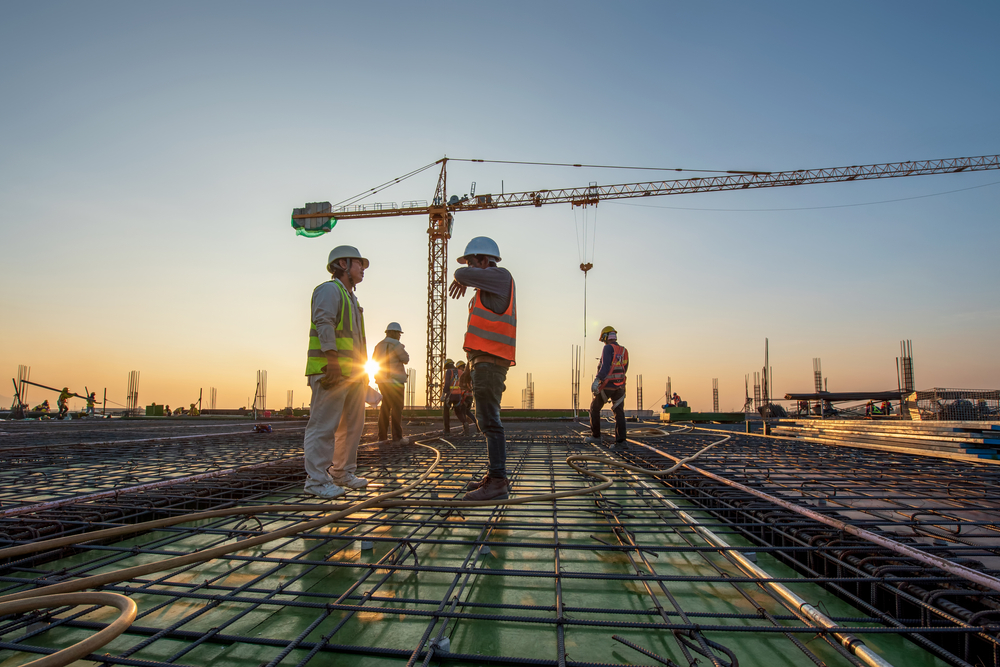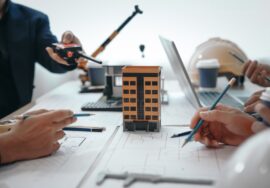Building Technologies: A New Era of Sustainable Design
Building Technologies: A New Era of Sustainable Design

Introduction
Building technologies are ushering in a new era of sustainable design, transforming the way we approach construction and property management. As concerns about environmental impact and resource efficiency intensify, these technologies offer innovative solutions that promote sustainability and reduce the ecological footprint of buildings. This blog explores how modern building technologies are redefining sustainable design and what it means for the future of construction.
The Evolution of Sustainable Building Technologies
Sustainable building technologies have evolved significantly, driven by advancements in materials, energy systems, and design principles.
- Energy-Efficient Materials: The use of high-performance insulation, low-emissivity windows, and advanced glazing systems helps reduce energy consumption by improving a building’s thermal performance. These materials minimize heat loss in winter and reduce heat gain in summer, leading to lower heating and cooling requirements.
- Renewable Energy Systems: Incorporating solar panels, wind turbines, and geothermal heating systems into building designs enables properties to generate their own energy. These systems not only reduce reliance on non-renewable energy sources but also lower utility costs and contribute to a building’s sustainability credentials.
For more on renewable energy technologies, visit Renewable Energy World.
Smart Building Technologies: Enhancing Efficiency
Smart building technologies are integral to achieving high levels of sustainability. They enhance energy efficiency, optimize resource use, and improve occupant comfort.
- Building Management Systems (BMS): BMS use sensors and automation to control lighting, heating, ventilation, and air conditioning (HVAC) systems. By adjusting these systems based on occupancy and environmental conditions, BMS help reduce energy waste and improve operational efficiency.
- Energy Management Systems (EMS): EMS provide real-time monitoring and analysis of energy usage, enabling building managers to identify inefficiencies and implement corrective measures. These systems support sustainable practices by providing insights into energy consumption patterns and facilitating data-driven decision-making.
Explore more about smart building technologies at Smart Building Technology.
Design Strategies for Sustainable Buildings
Design strategies play a crucial role in integrating building technologies and achieving sustainability goals.
- Passive Design: Passive design strategies, such as optimizing building orientation, using natural ventilation, and incorporating thermal mass, reduce the need for mechanical heating and cooling. By harnessing natural energy sources, passive design minimizes energy consumption and enhances comfort.
- Green Roofs and Walls: Green roofs and walls provide insulation, reduce stormwater runoff, and improve air quality. These features also contribute to biodiversity and create pleasant environments for building occupants.
Learn more about green roofs and walls at Green Roofs.

The Benefits of Sustainable Building Technologies
Adopting sustainable building technologies offers numerous benefits, both for the environment and for building owners.
- Environmental Impact: Sustainable technologies reduce the environmental footprint of buildings by lowering energy consumption, minimizing waste, and using eco-friendly materials. This helps combat climate change and promotes the conservation of natural resources.
- Economic Advantages: Buildings equipped with sustainable technologies often experience lower operating costs due to reduced energy and water usage. Additionally, they may qualify for tax incentives and rebates, further enhancing their financial viability.
Challenges and Opportunities
While building technologies offer significant advantages, there are also challenges to consider.
- Initial Costs: The upfront cost of implementing advanced technologies and sustainable materials can be higher than traditional methods. However, the long-term savings and environmental benefits often outweigh these initial investments.
- Integration and Maintenance: Ensuring that new technologies integrate seamlessly with existing systems and maintaining them over time can be challenging. Proper planning, training, and support are essential for successful implementation.
The Future of Sustainable Design
Looking ahead, the future of sustainable building technologies is promising. Innovations in materials, energy systems, and smart technologies will continue to drive advancements in sustainable design. Key trends to watch include:
- Integration of Artificial Intelligence (AI): AI will enhance building performance by optimizing energy use, predicting maintenance needs, and improving occupant comfort through advanced data analysis.
- Circular Economy: The concept of a circular economy, which focuses on minimizing waste and maximizing resource efficiency, will become increasingly important in building design and construction.
Conclusion
Building technologies are paving the way for a new era of sustainable design, offering innovative solutions that enhance energy efficiency, reduce environmental impact, and improve the overall performance of buildings. By embracing these technologies and design strategies, we can create a more sustainable and resilient built environment for future generations.
For more information on sustainable building technologies and their applications, visit AMS India.
Read more related articles to enhance your knowledge and make informed decisions
10 Essential Steps in the Building Construction Process
How to Choose the Right Materials for Your Construction Project








